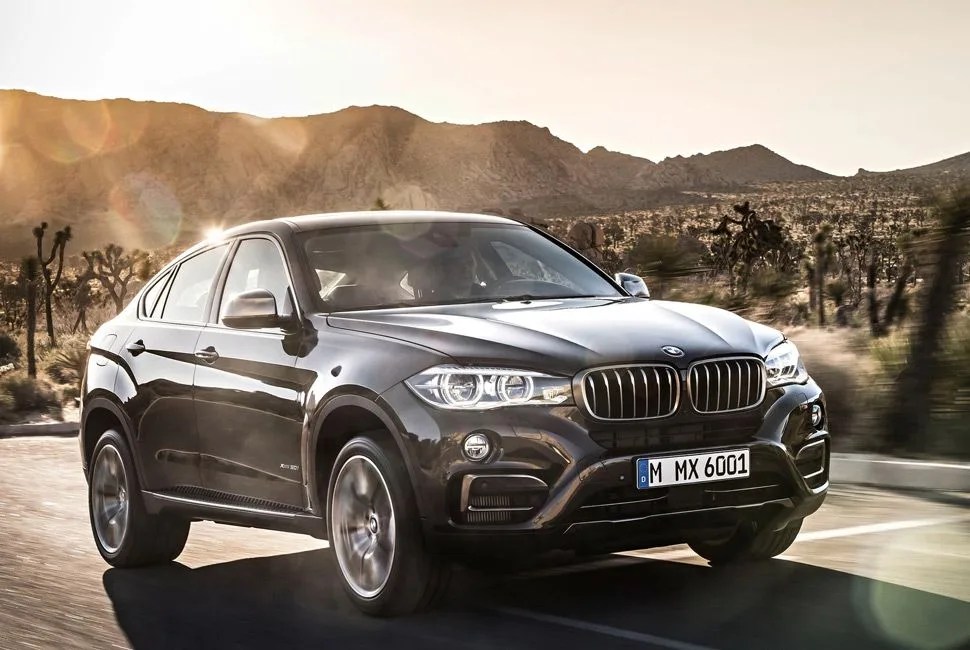There is a select group of cars that seem to have descended from the heavens, and then there are cars that seem to have been hatched in some strange laboratory — like the BMW X6. It’s been around since 2007 and has found shockingly good sales success for BMW, even earning a refresh this year: all this, despite its inferior specs, a small interior, and the fact that it looks like it’s been whacked with the same ugly stick as the Pontiac Aztek. So how does the X6 manage to draw buyers?
MORE MOTORING OPINIONS: The Future of the Hybrid Vehicle | The Business of Busyness | Is The 2015 Ford Mustang the Right Stablemate?
Well, first things first. The crossover segment into which the X6 falls is a bit of a mishmash of vehicular categories: it fills a supposed need for a vehicle that sits lower to the ground than a truck (thereby driving more like a car), has room for more than five, possesses four driven wheels for unsavory conditions, and good gas mileage. Against all odds, the crossover has become the fastest growing automotive segment in existence; in fact, according to IHS Automotive, 36.5 percent of new vehicles registered in the U.S. through May have been crossovers or SUVs, compared to 35.4 percent for sedans, which has long dominated new vehicle registrations. It’s a surprise, but it makes sense; the average American family demands room, a slightly higher-than-average driving position, and fuel economy, and CUVs ably meet those demands — with the notable exception of the BMW X6, an ugly, $60,800 status symbol.
There’s virtually nothing attractive about the X6, save for a vague combat boot masculinity. It has a blunt fascia, a too-tall greenhouse that tapers down hard in the back seat and a rear that resembles tiramisu. And the inside doesn’t fare much better; its smaller, lighter brother, the BMW X3, has more legroom and cargo space — and the X6’s greenhouse will make sure only your vertically challenged friends are comfortable in the backseat.
CUVs ably meet the demands of American families — with the notable exception of the BMW X6, a $60,800 status symbol.
Under the hood, the X6 and X3 are identical. They use the same twin turbo inline-six engine. The X6 is like a performance-minded anvil; you can toss it around like no other 5,000-pound vehicle. But it’s not a sports car, so what’s the point? It costs a full $5k more than the X3; why would anyone pay that much more for the same power, less room and worse looks in a car segment that doesn’t completely make sense?
Well in America, amid all of our impractical car wants, the most impractical of the lot are status and individualism. BMW’s “Launchfilm” for the refreshed model clearly shows their target market: well-to-do older men who want to drive something noticeable. The X6 looks like no other crossover out there (except its new baby brother, the X4!), and, for all its foibles and shortcomings, it stands out in a sea of other crossovers for its posh status amongst German CUVs. Its base price is $60,800 — so you know it’ll be well past the $70k mark optioned out. BMW’s motto for the car is “More Jet. Less Set.” The mien is true, if not the implication that the car has less to do with affluence and wealth.
